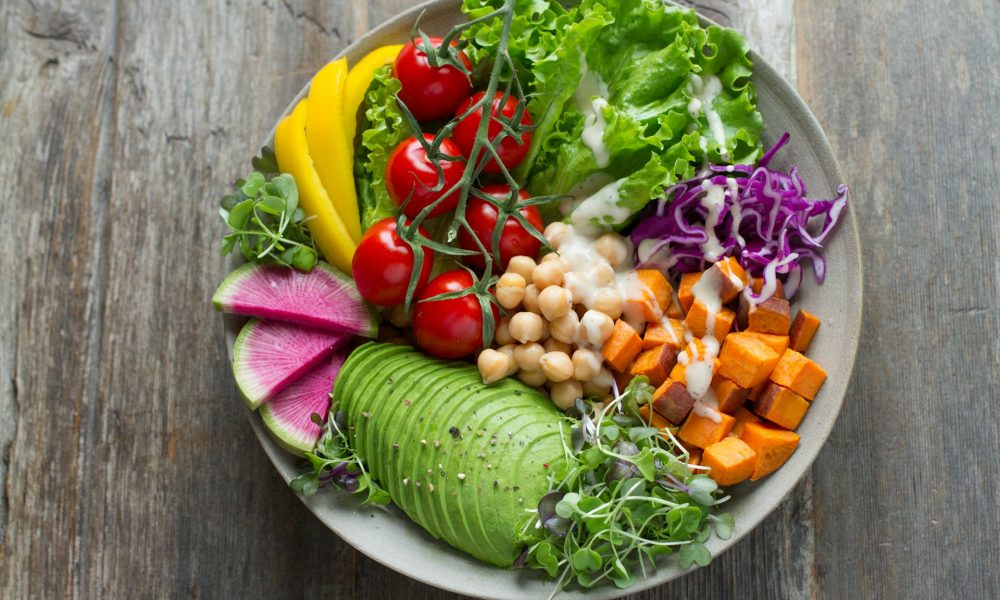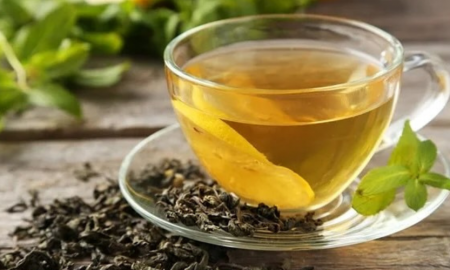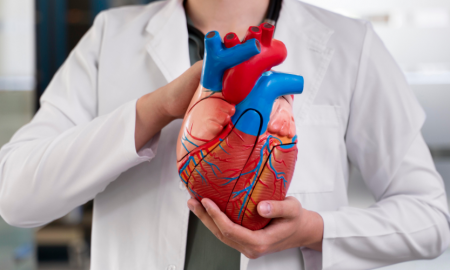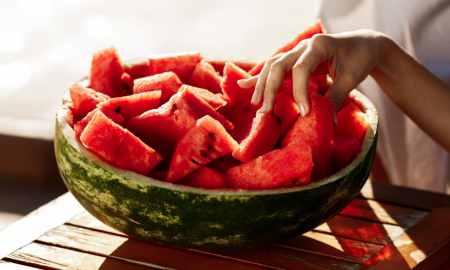
New Study Links Contaminated Fruits and Veggies to Pesticides in Your Body

A new 2025 study just made it official. If you eat fruits and veggies with high pesticide levels, those same chemicals build up in your body. We are talking about everyday stuff like strawberries, spinach, and kale. Sound harmless? It is not!
Researchers compared government data on pesticide residues in produce to pesticide levels found in people’s urine. The results matched up almost perfectly. That means the more high-residue produce you eat, the more pesticides show up in your system.
And it is not just one chemical. Some foods come loaded with a mix of them.
What the Study Found
This research matched food testing by the USDA with human samples from everyday people. Folks who ate more of the worst-offending produce, what the Environmental Working Group calls the “Dirty Dozen”, had higher pesticide levels in their bodies.

Pixabay / Pexels / Over 200 different pesticides showed up in the produce tested. That’s not just a fluke. That is a system problem. Current rules check one chemical at a time, but in real life, we are getting a cocktail of them.
Spinach had the highest amount of pesticides by weight. Strawberries had nearly 8 different pesticides in a single sample, and 99% of them tested positive for residue. Grapes? They came with cancer-linked chemicals and hormone disruptors. Kale and its leafy cousins had over 100 different pesticides combined. Not exactly the “health food” picture we usually imagine.
New to the list this year: Blackberries. Apples, pears, and cherries continue to show up with residue levels that make them risky. Potatoes also made the list, often carrying a plant growth chemical that can linger in your body.
If these items are on your regular grocery list, consider switching to organic options when possible.
The Safer Bets
Some fruits and veggies come with much lower pesticide levels. Pineapples top the list. Sweet corn, avocados, and onions are also solid picks. Most of these either grow in ways that require fewer pesticides or have thick peels that protect them.
Bananas, mangoes, and kiwis are good examples. Their skins block out most of the chemicals, so you end up eating much less of what is sprayed on the outside. Even frozen peas and cabbage make the low-pesticide list.
So, if you are shopping on a budget, these are the best options to buy non-organic.
Past studies have tied pesticide exposure to serious health problems, like birth defects, developmental delays in kids, certain cancers, and even heart issues. Pregnant women and children are most at risk, but no one is immune.

Jacob / Unsplash / We are not just getting exposed to one pesticide at a time. The way food is grown now, we are getting hit with mixtures.
The health risks from all these chemicals interacting in your body are not well understood. And current laws don’t really address that. Regulators test for safe levels of single chemicals, but life doesn’t work like a lab test.
What You Can Do
Don’t freak out. You don’t need to stop eating fruits and vegetables. But you can make smarter choices.
If you are buying produce from the Dirty Dozen list, go organic when possible. Even just swapping out strawberries or spinach for organic versions can make a big difference.
Likewise, always wash your produce. Not a quick rinse, but a solid 15 – 20 seconds under running water. That includes stuff you are going to peel. Washing helps remove dirt, bacteria, and some of the surface pesticides. A scrub brush works great on potatoes and melons. Skip the soap, though. The FDA says it can get absorbed into the food. Water alone is best.
More in Body
-
`
Dwayne ‘The Rock’ Johnson Stuns Fans With Slimmed-Down MMA Fighter Look
Dwayne ‘The Rock’ Johnson isn’t just flexing muscles anymore. In “The Smashing Machine,” Dwayne Johnson strips down the bulk, sheds his...
September 13, 2025 -
`
Here’s How Fat-Blocking Green Tea Microbeads May Aid Weight Loss
Scientists are exploring an innovative way to reduce fat absorption in the body—tiny edible beads made with green tea, vitamin E,...
September 12, 2025 -
`
Why the Heart Is Slightly to the Left and Not Perfectly Centered
The heart is one of the most vital organs in the body, yet its placement often raises questions. Many assume it...
August 16, 2025 -
`
Ozzy Osbourne’s Most Shocking and Beloved Pop Culture Moments
Few figures in rock history have carved out a legacy as vivid and unpredictable as Ozzy Osbourne. Beyond his groundbreaking work...
August 10, 2025 -
`
Are Mono Diets Worth It – or Just a Dangerous Trend?
As summer brings on the pressure to slim down fast, the internet lights up with diet trends promising instant results. One...
August 3, 2025 -
`
Why Motivation Is Essential for Sustainable Fitness Success
Motivation isn’t something that shows up when it’s convenient—it’s something that needs to be built, shaped, and sustained. Many people struggling...
July 27, 2025 -
`
The Mystery of Human Body Parts That Science Still Can’t Solve
The human body is a patchwork of evolutionary choices, quirks, and mysteries. From skeletal structure to the tiniest gland, everything tells...
July 18, 2025 -
`
Why a Mediterranean Diet and Exercise Slow Bone Loss in Seniors
Bone health isn’t just a concern for the elderly—it’s something that starts to matter the moment the body begins to lose...
July 12, 2025 -
`
Want Better Memory? This Diet Could Help Keep Your Brain Sharp
Losing focus, memory lapses, or slower thinking—these aren’t just normal parts of aging. While cognitive changes do happen over time, lifestyle...
July 5, 2025










You must be logged in to post a comment Login